Have you ever wondered exactly what a gazebo is? Perhaps you’re looking to beautify your garden with an outdoor seating area, and want to ensure it’s covered by a permanent structure that provides shade and relief from the elements?
When you begin your research into adding a shade area to your garden, you will likely be overwhelmed by the options available to you. While many of the structures you will find are similar to gazebos, they differ in size, design, and materials, and are often used for different purposes.
To help you truly understand exactly what a gazebo is, we’re going to tell you everything you need to know about permanent gazebo structures and also introduce you to some other outdoor coverings that are similar to gazebos.
We will end by offering you some advice on where you can buy a gazebo, so you’ll reach the end of this guide ready to make a purchase.
Let’s begin with a gazebo definition, so you know exactly what we’re talking about.
What Is A Gazebo Exactly?
A gazebo is a freestanding garden structure that is often hexagonal or octagonal. Most backyard gazebos are made from wood or metal and contain an outdoor seating area underneath the canopy.
Gazebos have been used for thousands of years. They can be traced back to ancient Greek and Roman times when gazebos were added to gardens to provide shelter for garden parties and functions.
Most gazebo roofs are finished with tiles, while latticework or outdoor drapes adorn the outside of the structure. This offers additional privacy and protection from bad weather conditions when you want to sit in your garden.
When landscaping a garden, many people build a gazebo as a focal point. Situated on a patio and surrounded by other ornate features, a garden gazebo can add charm and character to your backyard and be practical for any outdoor events that you host.
A gazebo may be referred to as a pergola, arbor, pavilion, or summerhouse in some places. While they’re not all the same, the term is sometimes used interchangeably to simply refer to a permanent garden structure that provides shade.
What Are Gazebos Made From?
You will find gazebos made commonly from the following four materials:
Wood: If you’re looking for a gazebo that is durable and robust, a wooden structure is probably your best bet. Woods like redwood and cedar are naturally rot-resistant and stand the test of time when varnished. They also look great in the garden, making wood a perfect choice for outdoor gazebos.
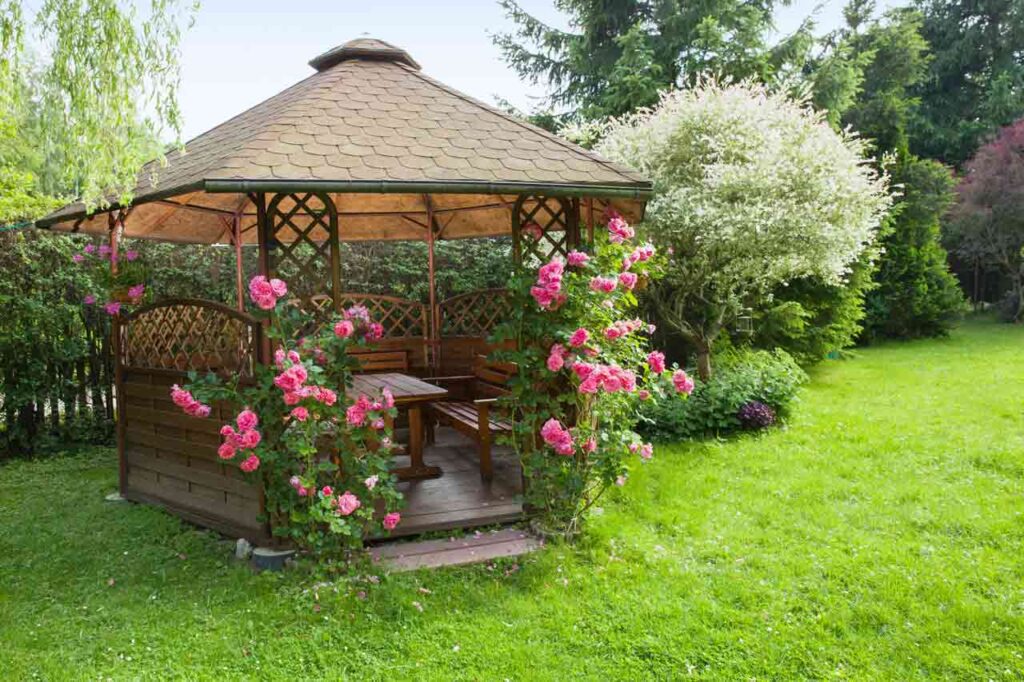
Metal: Gazebos made from metal tend to be comprised of steel, aluminum, or wrought iron. For people seeking portable, lightweight gazebos, aluminum is the best choice, as it doesn’t need to be permanently affixed to one place.
Vinyl: If you see a gazebo in a public park, it’s probably made from vinyl. They tend to match wood for charm and elegance but are easier and cheaper to install, which makes them popular with homeowners.
Canvas: Canvas gazebos are a popular choice for those on a budget. Also, they tend to come in many sizes and varieties and don’t usually need any specialists to assist with installation. For a short-term, temporary outdoor shade, canvas gazebos are an excellent option.
Now that we know what gazebos are let’s look at how outside gazebos are commonly used.
What Is A Gazebo Used For?
Gazebos are used for various purposes. Usually, they are utilized as deck shade structures and provide people with a place to sit in the garden. Due to their permanence and the fact that they’re roofed, they offer protection from the elements.
This means that you can enjoy sitting outside in your garden, whatever the weather. Small gazebos can be built on patios, decks, or even on bare earth, depending on the landscape of your garden.
Wooden gazebos are often used for outdoor wedding ceremonies and can be found at wedding venues as part of their extensive grounds. For ceremonies, these gazebos are adorned with lights and other décor that provides the perfect backdrop for the service.
Gazebos also form center stage at specific sporting venues. In cricket, for instance, gazebos [often referred to as pavilions] are built at the side of the playing area to shelter players before they take to the field.
They can also be found in public parks and at music venues, particularly those that commonly host outdoor events and parties. Essentially, gazebos can be found in various outdoor spaces and are used for so many different purposes.
Gazebo-Like Structures
We’ve already mentioned the fact that the term ‘gazebo’ is often used interchangeably with other names given to outdoor garden coverings. As these coverings look extremely similar with few differences, it’s very easy to mix them up. However, the reality is that all these structures are unique in their own right and equally as valuable, depending on what you’re using them for.
Some prominent gazebo-like structures are:
- Arbor
- Pergola
- Pavilion
- Summerhouse
In this section, we will talk about these four different gazebo-like structures in detail so that you can understand the distinct differences, and decide what would be the best for your garden.
What Is An Arbor?
One of the first things you will notice about an arbor is that it has different sides and a particular shape of roof. Commonly, they are arched, and completed with an intricate pattern on the exterior. This often is in the form of a lattice or floral design.
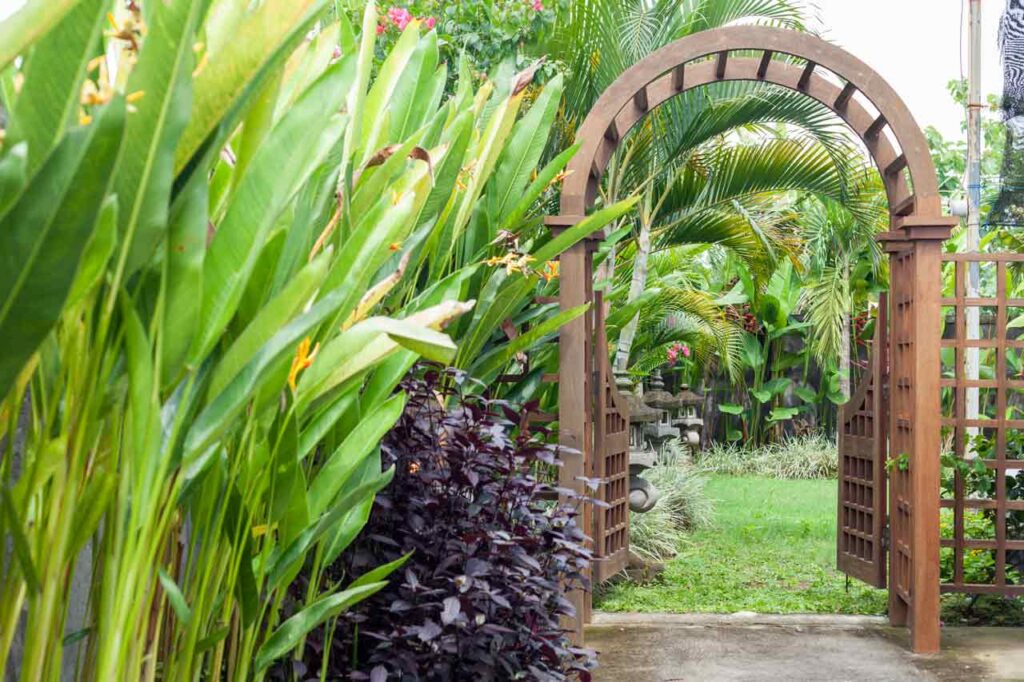
You might see an arbor positioned on a walkway, or at the entrance to a particular section of a yard or communal space. They are also prevalent during outdoor wedding ceremonies as they are straightforward to decorate.
The unique, lattice designs on the exterior can easily be draped with vines, fairy lights, or other plants that make it the perfect backdrop for an outdoor wedding ceremony.
Also read: Gazebo VS Arbor: The Best One For Your Outdoor
As you can see from this description provided, arbors are very different from gazebos, and shouldn’t be considered as a similar shade or decorative garden figure.
What Is A Pergola?
While not often confused with a gazebo, a pergola is sometimes confused with an arbor. This is perhaps because they’re often used at similar outdoor events.
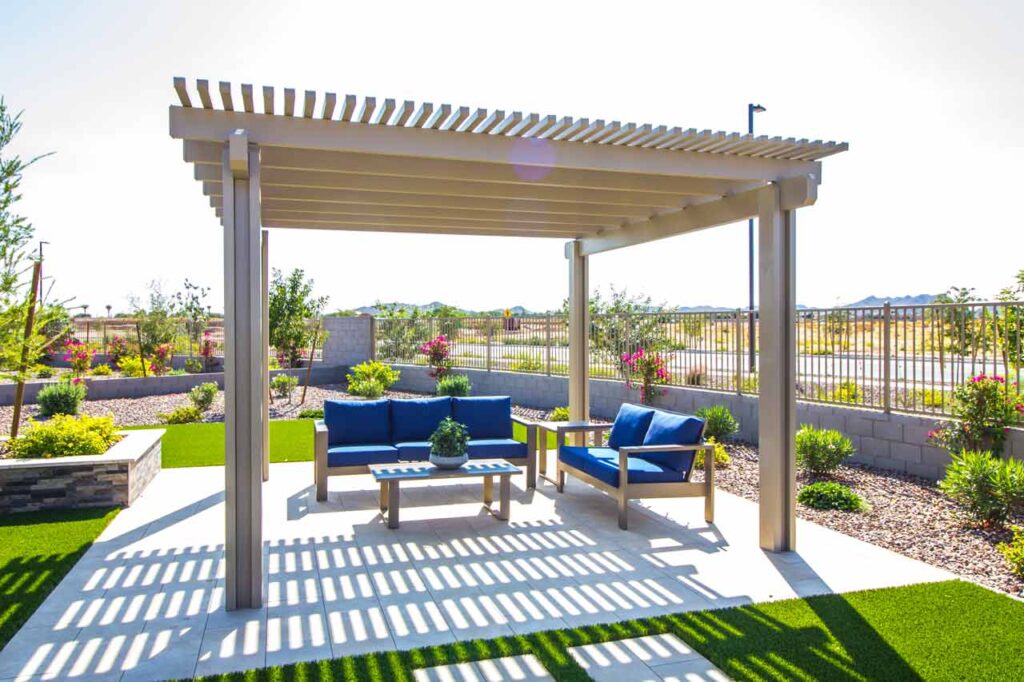
The main difference between them is that a pergola is a much larger covering than an arbor. It’s common to see a pergola used to cover an entire patio or area of decking.
Also read: Gazebo VS Pergola: The Best One For Your Outdoor
Pergolas, too, have intricate, external sides and a beautifully crafted roof, usually in a lattice style. It is commonly supported by four anchoring posts, from which plants and other garden décor is often hung. Many pergolas don’t have a fully covered roof. Instead, they have slats that allow sunlight through them. If they need to be fully covered, a canvas or an awning of some kind is usually attached.
What Is A Pavilion?
Of the two gazebo-like garden structures we’ve introduced, a pavilion is perhaps the most similar in form and design to a gazebo. They act as an outdoor covering and are commonly bedecked with unique patterns and designs. Larger pavilions in public places, and those that sit aside sports fields, often have a clock or central feature within the roof.
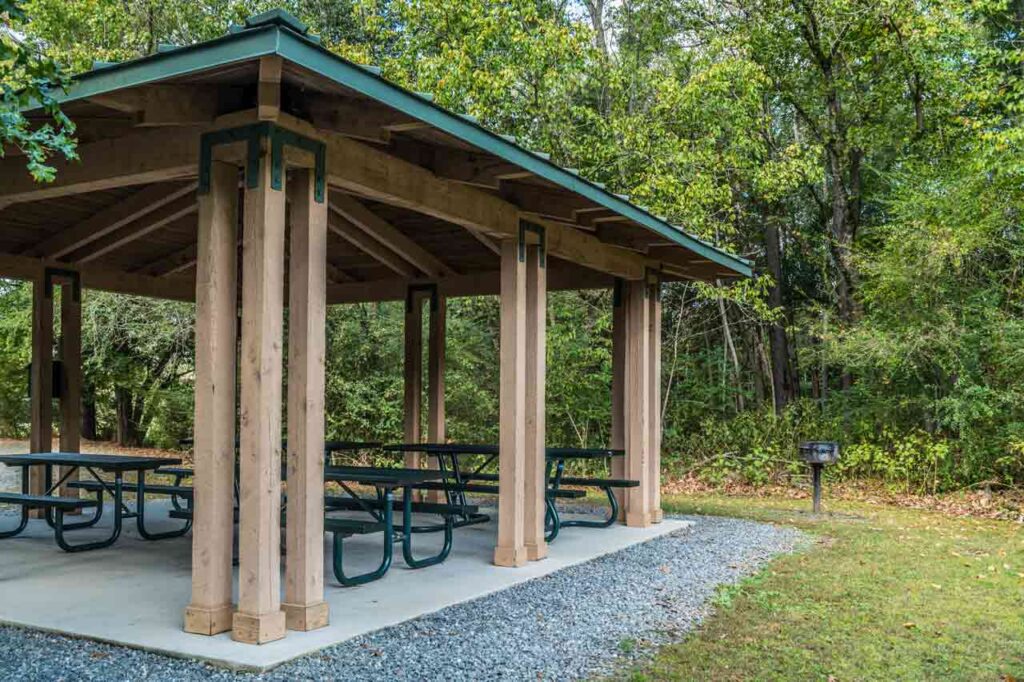
Pavilions are permanent structures that are usually rectangular and don’t have closed sides. Of course, this makes them notably different from gazebos, which tend to be hexagonal or octagonal in shape.
Another fundamental difference between gazebos and pavilions, is the fact that the former is a stand-alone structure. It’s more accurate to describe a pavilion as a permanent cover for outdoor areas, rather than a structure.
What Is A Summerhouse?
A summerhouse is significantly different from a gazebo. It is an outdoor structure made from wood that is finished with felt or a tiled roof. It is fully enclosed and has both front windows and doors.
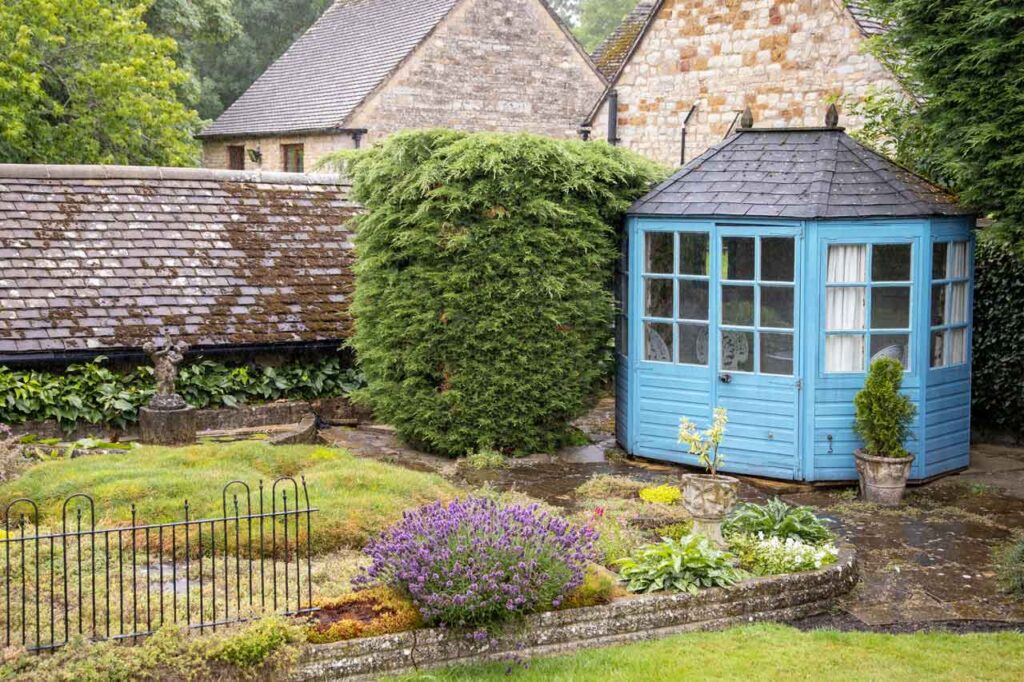
Many homeowners use summerhouses as home offices or simply as places to sit and enjoy the garden when the weather is pleasant. Some people even add insulation to their summerhouses, making them appropriate for use all year round, regardless of the weather.
There are so many differences between gazebos and other gazebo-like structures. While all of them have their own benefits and design traits, you should be aware of the structure that is most suitable to your needs before ordering one for your garden.
Where Can I Buy A Gazebo?
You can buy a gazebo from a local home improvement store or national chain. They often come flat packed and require installation, but you can often hire someone to help you assemble them.
Many gazebos can be purchased online from marketplaces like Amazon or retailers like Wayfair. Alternatively, some homeowners elect to build their own gazebos and source the materials themselves.
While this might prove cheaper, it also requires lots of planning and a degree of expertise. After all, putting up a permanent structure in your garden isn’t straightforward, and you will need to ensure everything is in place to get it right.
Closing Thoughts On Gazebo And Similar Structures
Putting up a backyard gazebo can help to beautify your home. But a deck or patio gazebo can also serve a practical use, as they provide outdoor shade options and seating areas for friends and family members.
Because there are so many different types of outdoor coverings, you need to make sure you find a gazebo that serves your needs and interests.
Hopefully, this comprehensive post has highlighted many of the important things to consider when buying a garden gazebo, so you will be able to get the exact product that you’re looking for.
